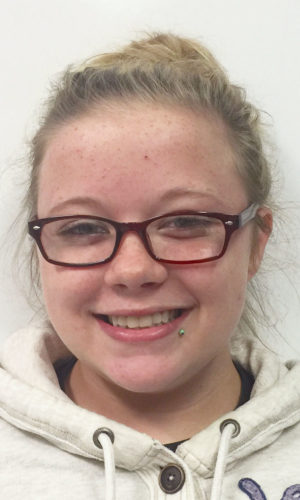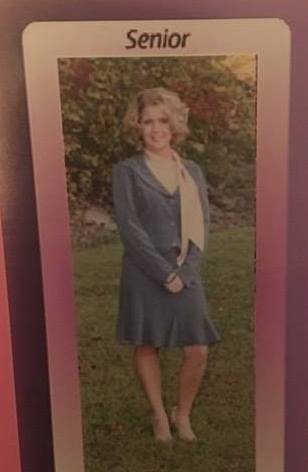I am blessed. Let me just say that now, and get it out of the way. I am incredibly blessed in many more ways than I can even begin to count! I have a nice home, a dependable car, food, clothing, and more material possessions than I need. My family is stable, and my spouse and I are able to provide for our children in a manner that keeps them fed and safe and warm, and they know without a doubt that they are loved unconditionally.
Poverty is real, and the hard, cold fact is that it breeds incredible suffering.
That is not the case with many children. It is estimated that nearly fifteen million children in the United States live below the federal poverty threshold, and the number of poverty-stricken children and families living elsewhere is even more astounding. Some reports indicate that as many as 1.3 billion people around the world live in extreme poverty. Poverty is real, and the hard, cold fact is that it breeds incredible suffering. Children often go without adequate clothing, their medical needs are unmet, their stomachs are empty, and many live in simply deplorable conditions
A Very Special Supporter
For the last 52 years, Children Incorporated has been working hard to help needy children and their families rise above some of their struggles – to discover a sense of hope and possibility even amidst the deprivation in their lives. We are a small organization, yet our impact is large and far-reaching. Over the past five decades, we have helped nearly half a million children live better, see the potential for more, and in many cases, rise above their meager existence.

The late Dr. Richard Carlson
I am grateful to the thousands upon thousands of loyal supporters who make our work possible through their generosity and sharing, and I appreciate those who have gone above and beyond to spread the word of what a fine organization Children Incorporated truly is. One very special person immediately comes to mind: the late Dr. Richard Carlson, who, in 1997, released his landmark best-selling book, “Don’t Sweat the Small Stuff”. In that book, Dr. Carlson challenged readers to sponsor a child through the mail, and he stated very clearly that Children Incorporated was his charity of choice. As a result of Dr. Carlson’s mention of our organization, nearly 6,000 children were sponsored.
When Dr. Carlson died suddenly in 2006 at the age of 45, his wife decided to carry on his legacy, and wrote more best-selling books in the “Don’t Sweat the Small Stuff” series; and today, Kristine Carlson is a world-renowned speaker who runs a successful website, as well as hosts a popular podcast where she interviews other motivational people who work to inspire others in the world through their wisdom and expertise on many different subjects.
Kristine Carlson’s Challenge
This year marks the twentieth anniversary of “Don’t Sweat the Small Stuff.” Kristine Carlson has a challenge for everyone – in the next year, she wants an additional 2,000 children to be sponsored through Children Incorporated. She is also pledging that the Richard Carlson Memorial Foundation will match up to $5,000 in donations this year.
Kristine Carlson has a challenge for everyone – in the next year, she wants an additional 2,000 children to be sponsored through Children Incorporated.
On her website, where Kristine has not only highlighted the work of Children Incorporated, but has also created a call to action for her followers to consider a sponsorship with our organization, she has given us an opportunity to expand our projects, and to extend our reach yet again.
I am humbled by Kristine’s kind gesture, and everything that Dr. Carlson accomplished through his support of our work amazes me. They have truly been blessings to Children Incorporated, and they have changed the lives of many young people through their caring.
Like the Carlsons and those they have reached over the years, my family and I sponsor children through Children Incorporated, not only because I work here, but also because I know first-hand the difference it makes in the lives of the children we serve. Sponsoring a child is a small way that we can, as the saying goes, “pay it forward.” It is a simple way for us to share our blessings with others; it is non-demanding, cost-efficient, easy as pie to get started, and can literally change the lives of children.
Just as Kristine says on her website, we would be honored if you would take part in this important challenge. If you are not already doing so, consider sponsoring a child today. If you are already a sponsor, perhaps you can tell a few friends what a difference sponsorship can make, and encourage them to join in our efforts to help children. It matters, and Children Incorporated couldn’t do what we do without you.

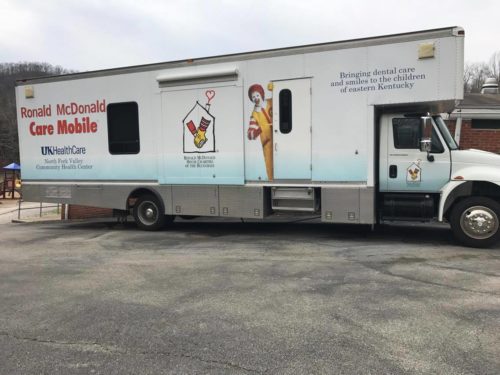
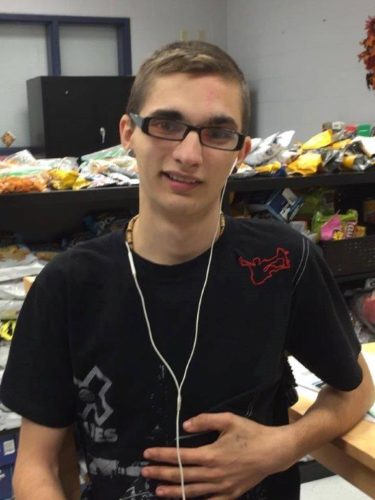
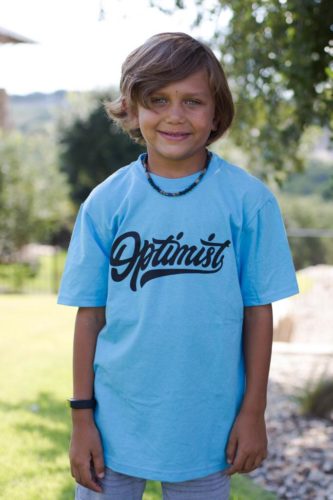 We recently spoke with Micah Greer, the founder of
We recently spoke with Micah Greer, the founder of 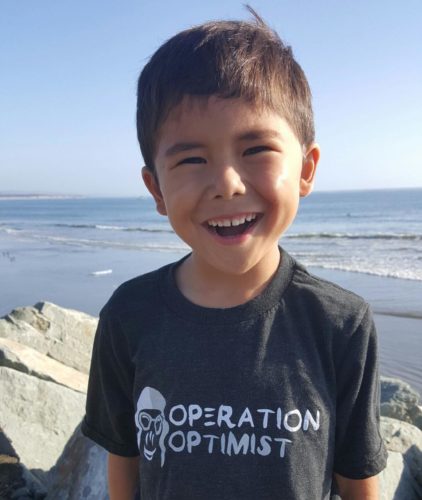 And now you are launching Operation Optimist. Can you tell us what led you to do so, as well as what you hope to accomplish?
And now you are launching Operation Optimist. Can you tell us what led you to do so, as well as what you hope to accomplish?
